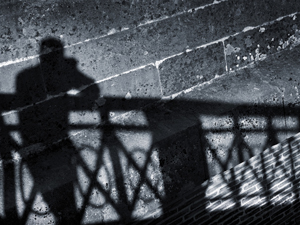 Knowledge & Practice Hub
Knowledge & Practice Hub
Child sexual exploitation knowledge and practice hub
Learning points
- How to distinguish child sexual exploitation (CSE) from other forms of sexual abuse.
- What the common signs of CSE are, including physical, psychological and behavioural indicators
- The factors that make children more vulnerable to sexual exploitation, including living in a dysfunctional household or having a past history of abuse.
- Test your knowledge of law and research and check your decision making in relation to a case of CSE (only available to organisations with a workforce licence).
Introduction
Identification
Multimedia learning
Signs and indicators of child sexual exploitation: quick guide
Legal context
Supported learning
Supported learning content is only available to organisations with a workforce licence. Find out more about supported learning here.
Working with children
Supported learning
Supported learning content is only available to organisations with a workforce licence. Find out more about supported learning here.
Multimedia learning
Multimedia learning
Learn as a group: a contextual response to peer-on-peer sexual exploitation
Multimedia learning
Webinar: protecting young people from CSE: addressing the challenges
Organisational response
Impact
If you can’t find what you’re looking for, do let us know.









